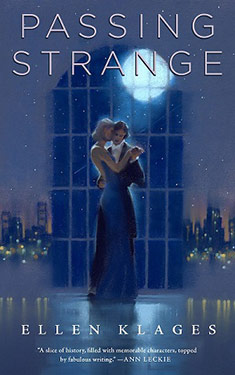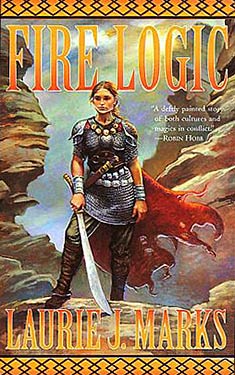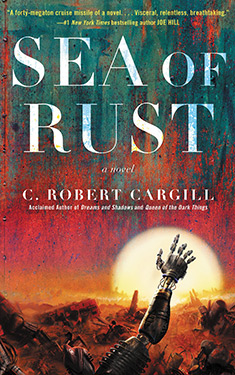Jodi Taylor
Completed 3/31/2019,
Reviewed 3/31/2019
3 stars
This was a
fun, light, time-travel novel. The author
is British and the humor is quite snarky.
I enjoyed it for the most part, but I liked Connie Willis’ time-travel books
better. This is the first of a fairly
long series, but I don’t think I’ll be reading any more of them unless I see
them on sale, or I’m in dire need of something light.
 The story
revolves around Dr. Maxwell, a woman fresh out of her doctorate studies in
history. She meets an old elementary
school teacher who gets her an interview at a history institute. All things are hush-hush about what the job
actually entails until she signs some pretty serious non-disclosure statements. She finds out that the job involves going
back in time to do research that is then used by the parent university. She enthusiastically agrees and begins an
intensive training program. Her first
assignment is to go back to the Crustaceous Era and film and study the flora, fauna,
geology, and night sky. At the end of
the trip, things go horribly wrong, and then it’s just one damned thing after
another.
The story
revolves around Dr. Maxwell, a woman fresh out of her doctorate studies in
history. She meets an old elementary
school teacher who gets her an interview at a history institute. All things are hush-hush about what the job
actually entails until she signs some pretty serious non-disclosure statements. She finds out that the job involves going
back in time to do research that is then used by the parent university. She enthusiastically agrees and begins an
intensive training program. Her first
assignment is to go back to the Crustaceous Era and film and study the flora, fauna,
geology, and night sky. At the end of
the trip, things go horribly wrong, and then it’s just one damned thing after
another.
The best
thing about the book is that it is generally fast-paced and action-packed. Five years goes by rather quickly. I wasn’t quite sure when the five years had
passed. That was pretty unclear, but the
book kept me reading anyway and I just ignored the timeline (pretty ironic for
a time-travel novel).
The
characters were also pretty fun. The
main character, Maxwell, was fairly well created, but most of the other
characters were less than three-dimensional.
But this one- or two-dimensionality was part of the fun. It made for a goofy cast with clear-cut bad
guys.
There is one
part I definitely didn’t like. At one
point, the plot gets rather soapy, as Maxwell falls in love with someone she
works with closely at the institute. While
the relationship was okay, I didn’t think it was necessary to add what amounted
to a melodramatic twist.
I don’t have
too much more to say about this book. If
I did, it would give away a lot of the twists and turns in the plot. And it’s just not the kind of book you want
to analyze too closely. I believe that
to enjoy it, it’s best to take it at face value. I give it three out of five stars. It’s good, it’s fun. I recommend it as light fluff to almost
everyone.




